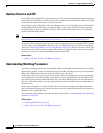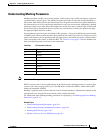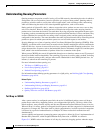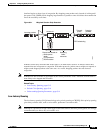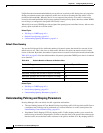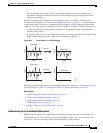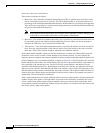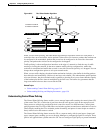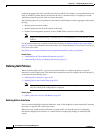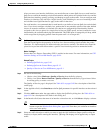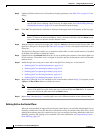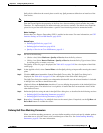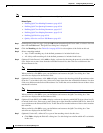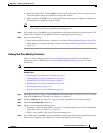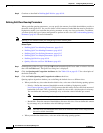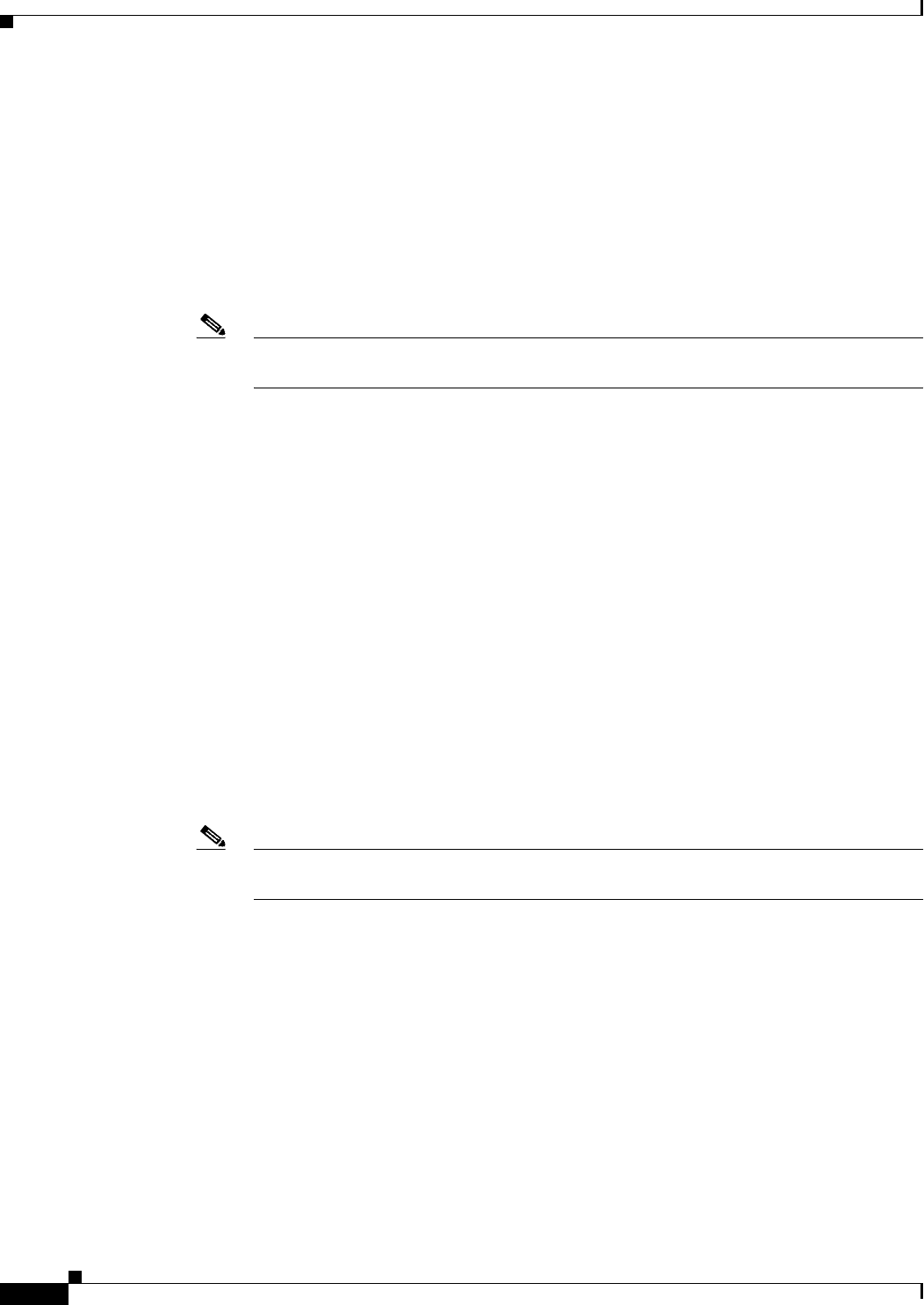
63-10
User Guide for Cisco Security Manager 4.4
OL-28826-01
Chapter 63 Configuring Quality of Service
Quality of Service on Cisco IOS Routers
packets from progressing after a specified rate limit is reached. For example, a system administrator can
limit all TCP/SYN packets that are destined for the CP to a maximum rate of 1 megabit per second.
Additional packets beyond this limit are silently discarded.
The following types of Layer 3 packets are forwarded to the CP and processed by aggregate control plane
policing:
• Routing protocol control packets
• Packets destined for the local IP address of the router
• Packets from management protocols, such as SNMP, Telnet, and secure shell (SSH).
Note Support for output policing is available only in Cisco IOS Release 12.3(4)T and later T-train
releases.
For information about how to define Control Plane Policing, see Defining QoS on the Control Plane,
page 63-12. For more information about this feature, refer to the document, Control Plane Policing on
Cisco.com at this URL:
http://www.cisco.com/en/US/docs/ios/qos/configuration/guide/ctrl_plane_policng.html
Related Topics
• Understanding the Token-Bucket Mechanism, page 63-7
• Understanding Policing and Shaping Parameters, page 63-6
Defining QoS Policies
When you define QoS policies, you must first decide whether to configure the policy on specific
interfaces or on the control plane. This initial choice determines how you configure the rest of the policy,
as described in the following topics:
• Defining QoS on Interfaces, page 63-10
• Defining QoS on the Control Plane, page 63-12
Note If you define a QoS policy on both the interfaces and the control plane of the same device,
only the control plane configuration is deployed.
Related Topics
• Quality of Service on Cisco IOS Routers, page 63-1
Defining QoS on Interfaces
You can create multiple QoS interface definitions, each of which applies to either input traffic (entering
the router) or output traffic (exiting the router).
When you create a QoS interface definition on output traffic, you have the option of configuring
hierarchical shaping on the interface as a whole instead of configuring shaping on individual QoS
classes.



